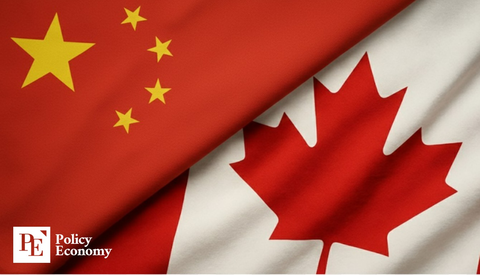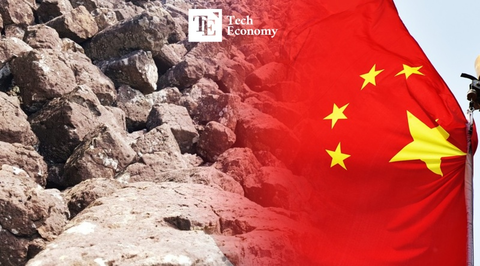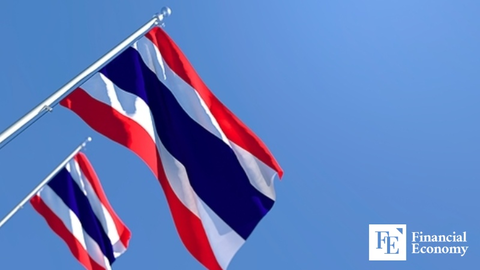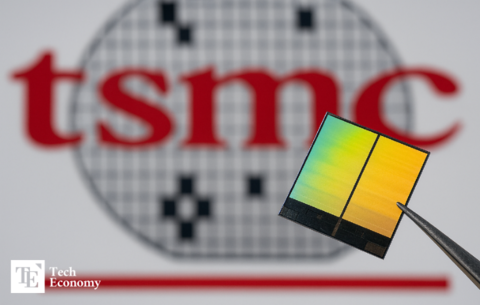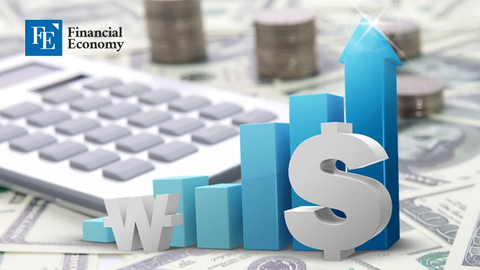U.S. Unleashes Tariff Shock on Southeast Asia to Counter Chinese Transshipment, Prompting Rethink of 'China Plus One' Strategy
Input
Modified
Trump Slashes China Tariffs from 145% to 30% Introduces 40% Transshipment Tariffs Targeting China via Southeast Asia Acceleration Expected in Repatriation of Manufacturing Bases to Mainland China
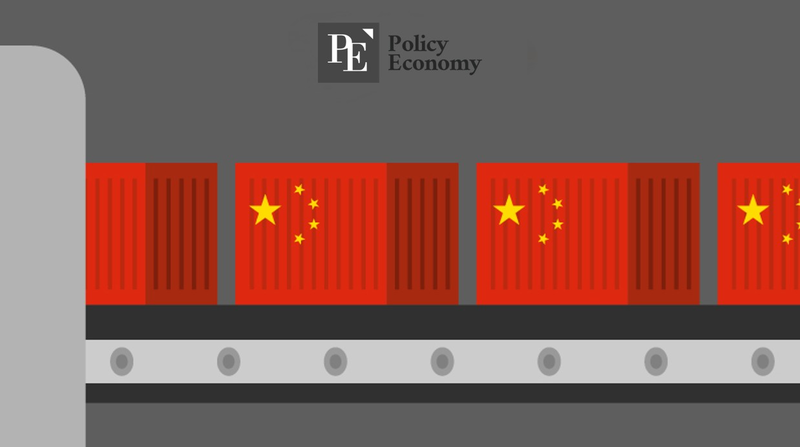
President Donald Trump has lowered tariffs on Chinese imports from 145% to 30%, but simultaneously introduced new transshipment duties of up to 40% targeting Southeast Asian countries. This move has substantially narrowed the tariff gap between China and its regional neighbors, prompting Chinese manufacturers to reconsider their ‘China Plus One’ strategy that had sought to bypass direct exports through production bases in Southeast Asia. Analysts now forecast a growing trend of Chinese firms repatriating production back to the mainland.
Disappearance of Incentives to Relocate Production Under High Southeast Asian Tariffs
On August 4 local time, the Financial Times reported that “President Trump, in a new round of trade negotiations with China, lowered tariffs on Chinese imports to around 30% but imposed new levies ranging from 10% to 40% on key Southeast Asian nations,” triggering a reassessment among Chinese manufacturers of their supply chain strategies. For years, China had invested billions of dollars in Vietnam, Cambodia, and Indonesia, leveraging cheap labor and geographic advantages to execute its ‘China Plus One’ approach. However, the Trump administration’s high-tariff policy has significantly eroded the incentive to shift production overseas.
On August 1, the Trump administration announced that all transshipped goods—products manufactured in China and routed through third countries such as those in Southeast Asia before entering the U.S.—would be subject to a flat 40% tariff. Louise Loo, lead economist at Oxford Economics, noted that “some companies may consider relocating production to more distant regions, but if the tariff differential with China is only around 10 percentage points, maintaining operations within China may offer cost and logistical advantages.” She concluded, “A significant number of firms are likely to return to China.”
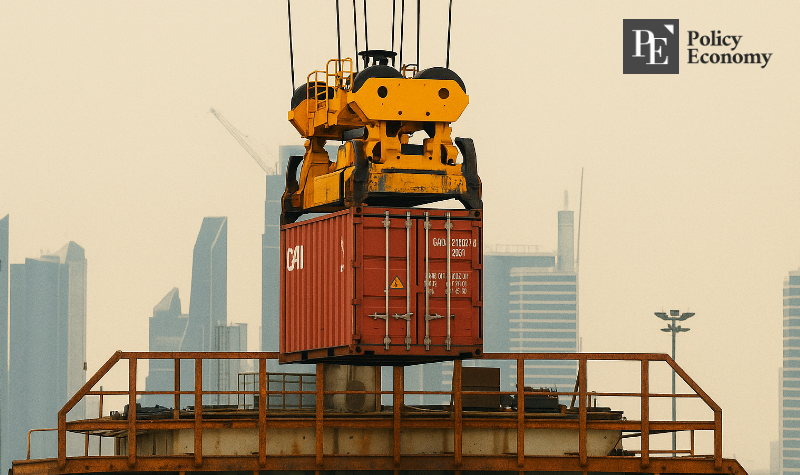
In Addition to Transshipment Duties, Southeast Asia Faces Mutual Tariffs Up to 40%
Beyond the transshipment tariffs, additional mutual tariffs imposed on major Southeast Asian nations are further straining Chinese manufacturers and their buyers. Last month, President Trump imposed high mutual tariffs on Southeast Asian countries to block China’s export circumvention routes. Vietnam, previously regarded as a top beneficiary, is now subject to a 20% tariff, while Cambodia, Indonesia, Malaysia, Thailand, and the Philippines face a 19% rate. Myanmar and Laos were hit with the steepest levy—40%. Although these figures are slightly lower than those announced in April, they remain significantly higher than those applied to countries in Europe, Asia, or Africa.
Trade data confirms this shift in supply chains. According to U.S. government statistics, imports from China in May fell by 43% year-over-year, while imports from ASEAN countries rose by 15%. During this period, goods worth $3.4 billion originating in China were exported to the U.S. via Vietnam, and shipments via Indonesia increased by 25%. As China recalibrates its export strategy, direct exports to the U.S. have dropped by 16.1%, but shipments to ASEAN, the European Union, Japan, and Taiwan have climbed.
With China’s transshipment activities increasing, the U.S. is expanding its crackdown into advanced technology sectors. Bloomberg reported that Malaysia and Singapore are now under formal investigation for serving as possible rerouting hubs for high-performance Chinese-made semiconductors and AI chips. Authorities have detected signs that NVIDIA’s advanced AI chips were transported from Singapore to Malaysia. A trial is underway in Singapore, while Malaysian regulators have pledged a detailed inspection of incoming shipments at the request of U.S. authorities.
Global South Nations Seek Closer Ties with China Under U.S. Tariff Pressures
Despite Washington’s aggressive tariff campaign, some analysts argue that the U.S.-led encirclement of China is showing signs of unraveling. High tariff rates imposed by the Trump administration are prompting nations in Southeast Asia, Africa, and other Global South regions to seek stronger diplomatic and economic ties with China, as Beijing’s market becomes relatively more attractive. Several African countries hit with mutual tariffs of 15–30% have already begun pivoting. For example, South Africa (30–31%) and Lesotho (50%) fear that if scheduled tariffs take effect, their exports of apparel, fruits, and automobiles to the U.S. will be effectively blocked.
Consequently, these nations are turning to China as a viable alternative market. South Africa’s Minister of Mineral Resources Gwede Mantashe recently stated, “If the U.S. imposes high tariffs, we will need to find substitute markets,” adding, “Our largest trading partner is not the United States, but China.” CNN reported that “as Africa adapts to the reality of Trump’s tariffs, China may seize the opportunity,” noting that “with longstanding ties across the continent, China could become a lifeline for these countries.” In June, Beijing announced a full suspension of tariffs on African nations, aiming to create a more favorable trade environment.
A similar sentiment is emerging in Southeast Asia and India. With the narrowing tariff differential between China and regional countries due to the U.S. measures, Southeast Asian nations are increasingly finding themselves at a competitive disadvantage. Despite their efforts to attract foreign manufacturing and expand exports, the added tariff burdens are driving investors back to China. The Washington Post observed, “China’s recent diplomatic strategy is to ‘let Trump cook’—letting the U.S. self-destruct through its own trade war,” concluding that “Beijing sees Trump’s escalating trade offensive as a self-inflicted wound.”




